The Hidden Disabilities ‘Sunflower’ Program supports inclusivity, ensuring that passengers with non-visible disabilities enjoy a more accommodating travel experience. This internationally recognized initiative employs a sunflower symbol, utilizing lanyards, pins, or wristbands, to identify individuals with hidden disabilities, including conditions like autism, dementia, and hearing or sight impairments.
Understanding the Hidden Disabilities ‘Sunflower’ Program
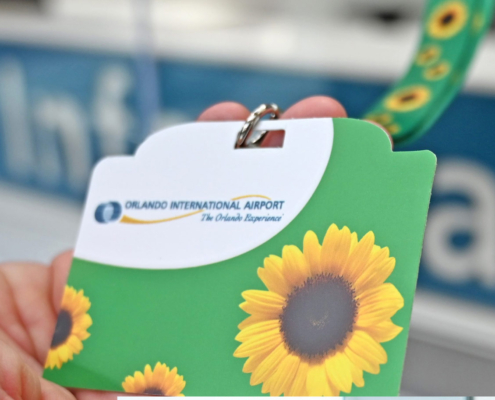
Image: Airport Improvement
The Hidden Disabilities ‘Sunflower’ Program is a global phenomenon that has gained recognition for its simplicity and effectiveness. The program is designed to create a welcoming and supportive environment within airports and airlines for individuals who may require additional assistance, possess specific needs, or simply need more time while traveling.
Passengers who choose to wear the Sunflower lanyard or any other symbol can discreetly convey their requirements to airline staff and fellow travelers. This non-verbal communication method allows individuals with hidden disabilities to navigate the complexities of air travel with ease, minimizing stress.
Benefits for Passengers

Image: a21.com.mx
The Hidden Disabilities ‘Sunflower’ Program offers numerous benefits to passengers with non-visible disabilities:
- Confidence: Wearing the Sunflower symbol provides a sense of confidence and reassurance to passengers, knowing that their needs are recognized without the need for explanations.
- Communication: Passengers can effortlessly communicate their requirements to airline staff, ensuring that their journey is as smooth and stress-free as possible.
- Reduced Anxiety: For individuals with hidden disabilities, air travel can often be anxiety-inducing. The program helps alleviate this anxiety by fostering a supportive environment.
- Faster Assistance: Airline staff can promptly identify passengers with hidden disabilities, offering timely assistance and accommodating their specific needs.
Positive Impact on Airlines and Airports
The adoption of the Hidden Disabilities ‘Sunflower’ Program by airlines and airports has several far-reaching positive implications:
- Enhanced Customer Experience: Airlines can provide exceptional customer service to passengers with hidden disabilities. Their commitment to accessibility includes training employees to recognize and respond appropriately to participating customers. This dedication leads to a more positive and inclusive travel experience.
Air Canada, as the first airline in North America to adopt the program, is training and building awareness among all customer-facing employees to better serve customers with non-visible disabilities. By providing this specialized training, the airline ensures that every passenger, regardless of their unique needs, receives the assistance and support they require.
- Inclusive Travel: The Hidden Disabilities ‘Sunflower’ Program transforms airports and airlines into more inclusive spaces, ensuring that all passengers can enjoy the freedom of air travel, regardless of their physical or hidden disabilities.
- Removal of Barriers: The program actively addresses barriers that passengers with hidden disabilities face during air travel. By providing a clear, non-verbal means of communication, it eliminates misunderstandings and streamlines the assistance process.
For example, it becomes a powerful tool for passengers with autism, who may find the sensory aspects of air travel challenging. The program’s growth in adoption promises to make air travel more accessible for those who need it most.
Inclusive initiatives

Image: mlbair.com
The Hidden Disabilities ‘Sunflower’ Program acts as transformative force in the aviation industry, promoting inclusivity, understanding, and a more enjoyable travel experience for passengers with non-visible disabilities.
As airlines and airports across the globe increasingly embrace this program, it is clear that the future of air travel is one where passengers of all abilities can soar to new heights with confidence, comfort, and the knowledge that their unique needs are recognized and accommodated.
For more news about airlanes and airports initiatives, visit our blog.

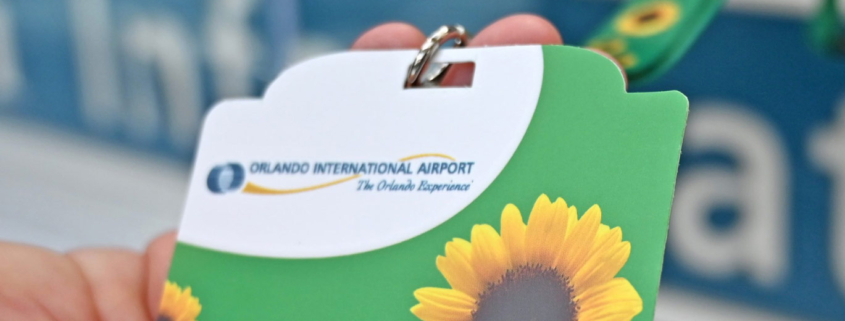
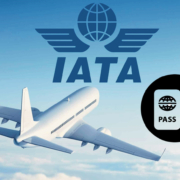


 https://aeronoticias.com.pe/noticiero/lufthansa-prueba-su-nuevo-concepto-sleepers-row/
https://aeronoticias.com.pe/noticiero/lufthansa-prueba-su-nuevo-concepto-sleepers-row/ 
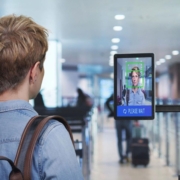

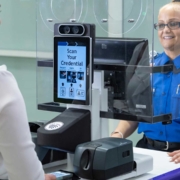


Leave a Reply
Want to join the discussion?Feel free to contribute!